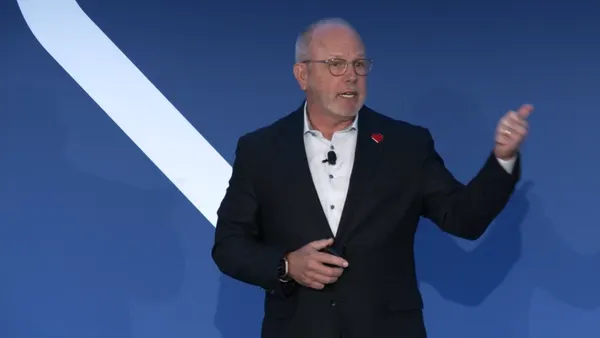Healthcare has reached a tipping point. Once considered a secondary concern, provider engagement now drives care quality, operational efficiency and payer-provider collaboration. Yet, fragmented workflows, siloed data and excessive administrative burden create obstacles that hinder engagement and impact patient outcomes.
Industries like retail and construction have adopted workflow integration to increase efficiency, eliminate bottlenecks and improve decision-making. Healthcare payers and providers must redesign data exchange, claims processing and care gap management so that communication integrates efficiently into existing workflows. Moving away from external administrative tasks will raise workflow efficiency and provider engagement—two essential factors for the future of care.
The hidden costs of workflow inefficiencies
Outdated administrative models slow down payer-provider collaboration and create bottlenecks that delay critical care decisions. Consider these challenges:
- Providers dedicate nearly 28 hours per week to administrative tasks which reduces time for direct patient care.
- 80% of U.S. clinicians refuse to access payer insights that require external portal logins; this leads to missed opportunities for care gap closure.
- 62% of physicians identify administrative overload as a top contributor to burnout, affecting both retention and patient outcomes.
These inefficiencies disrupt clinical data exchange (CDE), claims processing and prior authorizations, creating delays in care delivery. As a result, providers face unnecessary complexity that affects patient outcomes.
How workflow integration redefines provider engagement
In healthcare, workflow integration holds the key to stronger provider engagement. Instead of relying on manual documentation or external payer portals, providers need real-time, embedded insights to support better decisions. With integrated workflows, providers receive care gap notifications, payer guidance and financial data easily to eliminate redundant processes. This model allows providers to reduce administrative burden, expedite care gap closure and improve patient outcomes—without navigating disjointed, redundant processes.
A blueprint for modern payer-provider collaboration
Healthcare organizations must take proactive steps to integrate efficient data exchange into existing workflows. Advancements in bidirectional EHR integration, AI-assisted insights and automated document retrieval are already transforming payer-provider interactions by making claims processing, prior authorization and care coordination more efficient:
- Improving clinical data exchange: Timely access to patients’ healthcare data allows payers to make treatment coverage decisions more rapidly.
- Closing care gaps efficiently: Payers can communicate crucial gap closure information to providers, ensuring they have a more complete clinical picture.
- Reducing provider burnout: Minimizing administrative overload helps providers focus on patient care rather than cumbersome manual processes.
Organizations that prioritize workflow integration will shape the next evolution of provider engagement and healthcare system efficiency. Eliminating redundant steps, embedding real-time insights and optimizing care collaboration will help healthcare leaders increase operational performance and provider satisfaction along with providing better patient care.
A smarter future for provider engagement
As healthcare shifts toward value-based care, workflow integration will define efficiency, provider satisfaction and care quality. Organizations that embed real-time insights into existing workflows will reduce administrative burden, redefine care gap management and improve decision-making at the point of care.
However, achieving seamless payer-provider collaboration requires more than just workflow adjustments. It demands strategic solutions that integrate clinical data exchange, payer guidance and automated processes directly into provider workflows.
Veradigm offers industry-leading solutions that maximize payer-provider communication, reduce administrative burden and enrich provider engagement to drive better patient outcomes.
Find out how Veradigm can help your organization implement workflow integration for stronger provider engagement and operational efficiency today.










